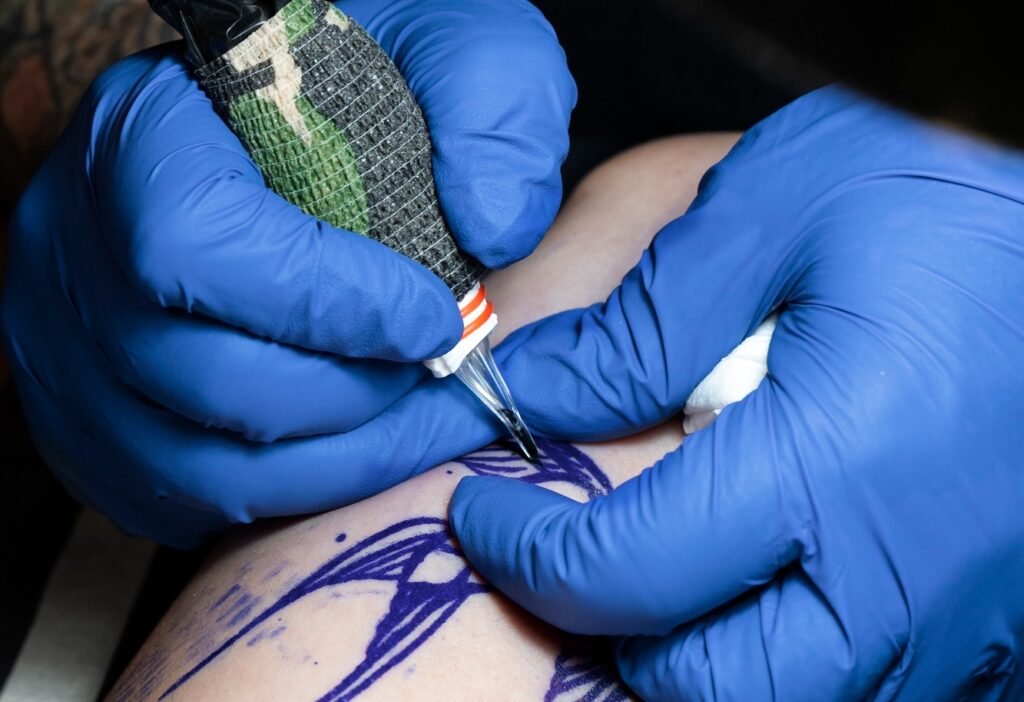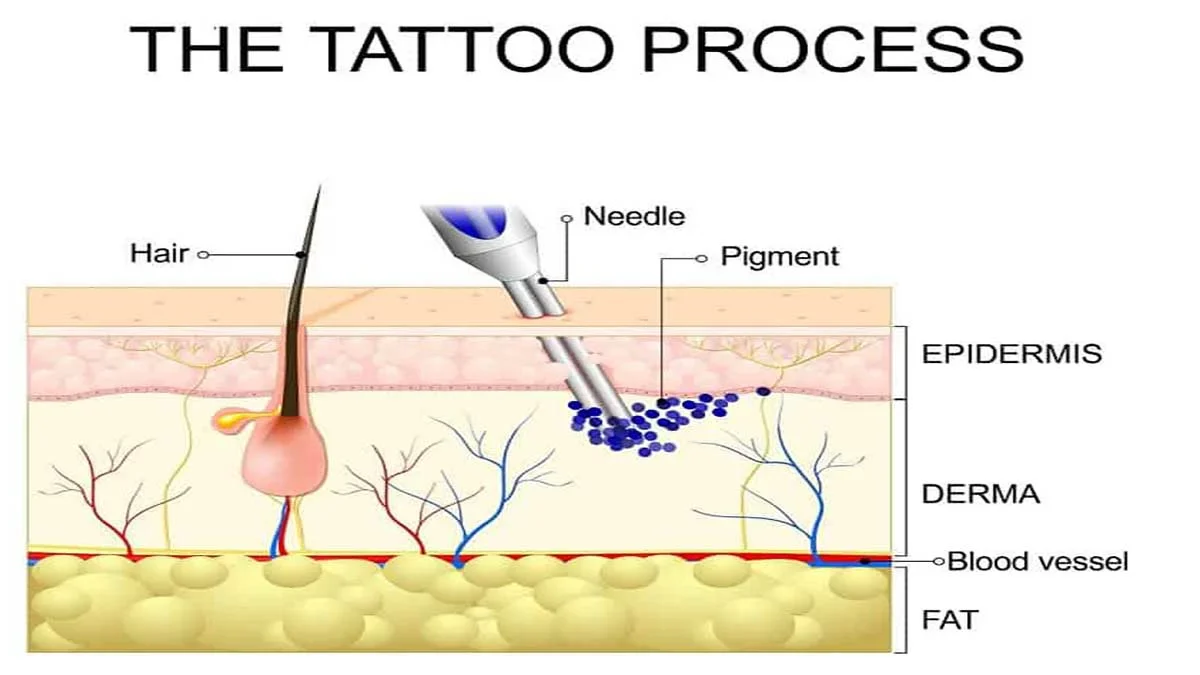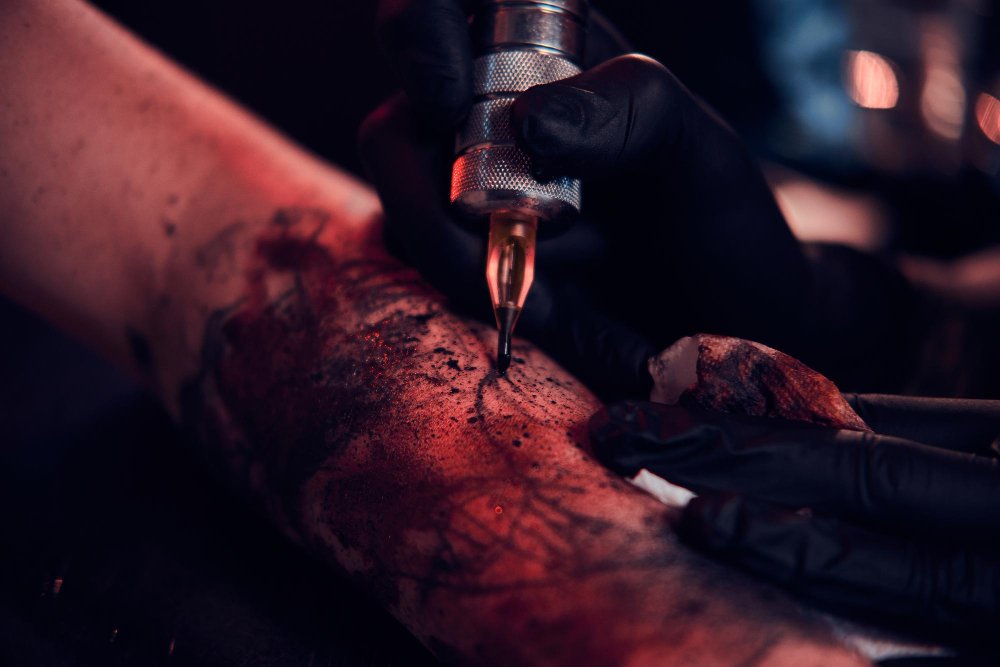

Tattooing is an ancient art form that has been practiced for thousands of years, with evidence found in cultures across the globe. Despite its widespread appeal, many people are unaware of the science behind the process, particularly how tattoo ink interacts with the skin. Understanding how deep tattoo ink penetrates the skin is essential for appreciating the permanence of tattoos, their health implications, and the techniques used by tattoo artists.

To understand how tattoo ink works, it’s important to grasp the structure of the skin. The skin is composed of three primary layers:
For a tattoo to be permanent, the ink must be deposited in the dermis. If ink is placed only in the epidermis, it would fade or disappear entirely as the skin regenerates.
Tattooing involves the use of a tattoo machine equipped with needles that puncture the skin at high speeds. These needles are dipped in ink and then penetrate the skin, depositing the pigment into the dermis. The depth of the needle penetration is a critical factor in achieving a lasting and vibrant tattoo.
The needle typically penetrates the skin to a depth of 1 to 2 millimeters (mm). This depth ensures the ink reaches the dermis without going too deep into the subcutaneous tissue. If the tattoo ink is injected too shallowly into the epidermis, it can result in patchy or faded tattoos. Conversely, if the needle penetrates too deeply, it can cause excessive bleeding, scarring, and even complications like tattoo blowouts.
The dermis is the ideal layer for tattoo ink for several reasons:
When tattoo ink is deposited into the dermis, the body recognizes it as a foreign substance. This triggers an immune response, with macrophages rushing to the area to “clean up” the ink particles. However, because the pigment particles are too large to be fully broken down and removed, many of them remain trapped in the dermis.
Over time, some of the ink may migrate slightly, contributing to the slight fading or blurring of tattoos as they age. This process, combined with natural skin aging and sun exposure, explains why older tattoos often lose their sharpness.
Several factors influence how deeply tattoo ink penetrates the skin, including:

If tattoo ink is not deposited at the correct depth, several issues can arise:
Modern tattoo machines and techniques have made it easier to achieve consistent ink placement. Innovations such as adjustable machines and precision needles allow artists to control depth and pressure with remarkable accuracy. Additionally, advancements in ink formulations ensure better pigment retention and reduced risk of allergic reactions.